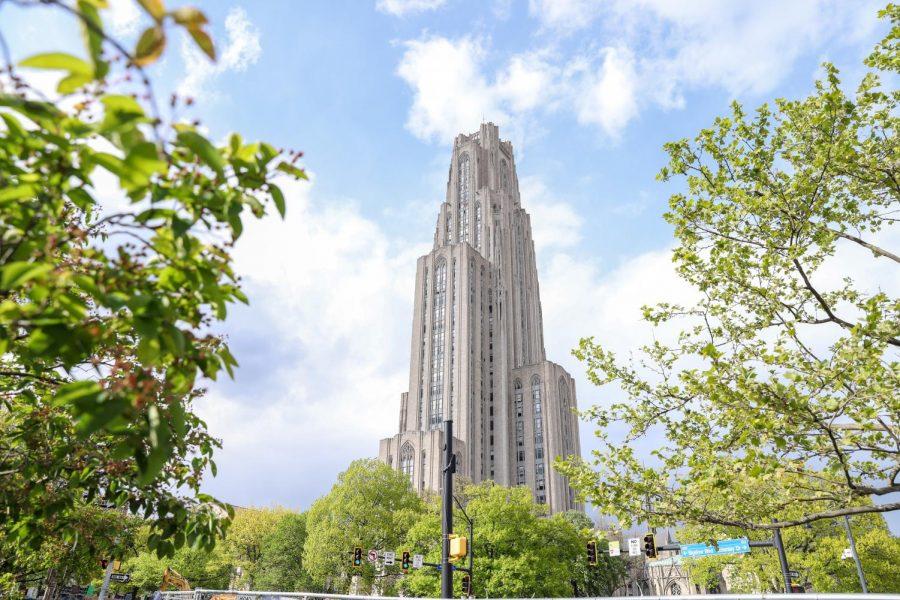Editorial | Pitt reopening task forces in need of better student representation
Pitt has formed three task forces to investigate many different aspects of what life at the University could look like in the fall.
May 12, 2020
Chancellor Patrick Gallagher has already said Pitt is unlikely to return to full operation in the fall. Instead, Pitt is exploring a hybrid model — something in between full closure and full operation. But a hybrid model is far easier said than done.
Pitt assembled three task forces in early May, including one specifically dedicated to the future of a Pitt education, to prepare plans by the end of the month for various fall semester scenarios. This task force’s executive committee, co-chaired by Provost Ann Cudd and James Martin II, the U.S. Steel dean of the Swanson School of Engineering, includes various senior administrators, staff and the president of the University Senate. Three scientific advisors are even at the ready to provide medical guidance. But the task force’s executive committee is missing any representation from the group most impacted by its decisions — students at Pitt.
Instead, student voices have been demoted to the task force’s working groups. Each working group is responsible for a specific campus issue — including educational technology and teaching, health and housing, undergraduate studies and out-of-classroom experience. These groups will develop proposals for how to handle various possible fall scenarios, and then pass them upstream to the executive committee. But even in these subgroups, students are sparse. For example, out of 13 members total, the undergraduate studies working group has only two student members, both of which are members of the Student Government Board. This raises a question of how seriously student input will be taken when they’re members of a group laden with administrators and faculty members.
This isn’t to say that the student perspective is the only important perspective, but the fall decision impacts students most directly. In March, many faculty members and administrators had to pack up their desks and transition to working from home, usually still somewhere near Pittsburgh, but students had to move out of their dorms and houses and drive, in some cases, hours across the country. How does Pitt safely avoid having to do this again? Questions like these are what students should have a voice in answering.
Students are also the Pitt community members who are paying tens of thousands of dollars to learn — possibly — online. Students know what the virtual learning experience was like this spring, just as faculty knows what the virtual teaching experience was like. There’s no good reason student voices shouldn’t be equally present, especially when part of the task force’s job is finding ways to make online instruction better and more accessible, and possibly balance online learning with in-person instruction come fall.
There are nearly 30,000 graduate and undergraduate students at Pitt. The University’s choices for the fall semester will impact them financially and academically, and students deserve to be further represented on the task force. And while students don’t have the right to make the final decision about what will happen in the fall, they do deserve to be heard and taken seriously.



